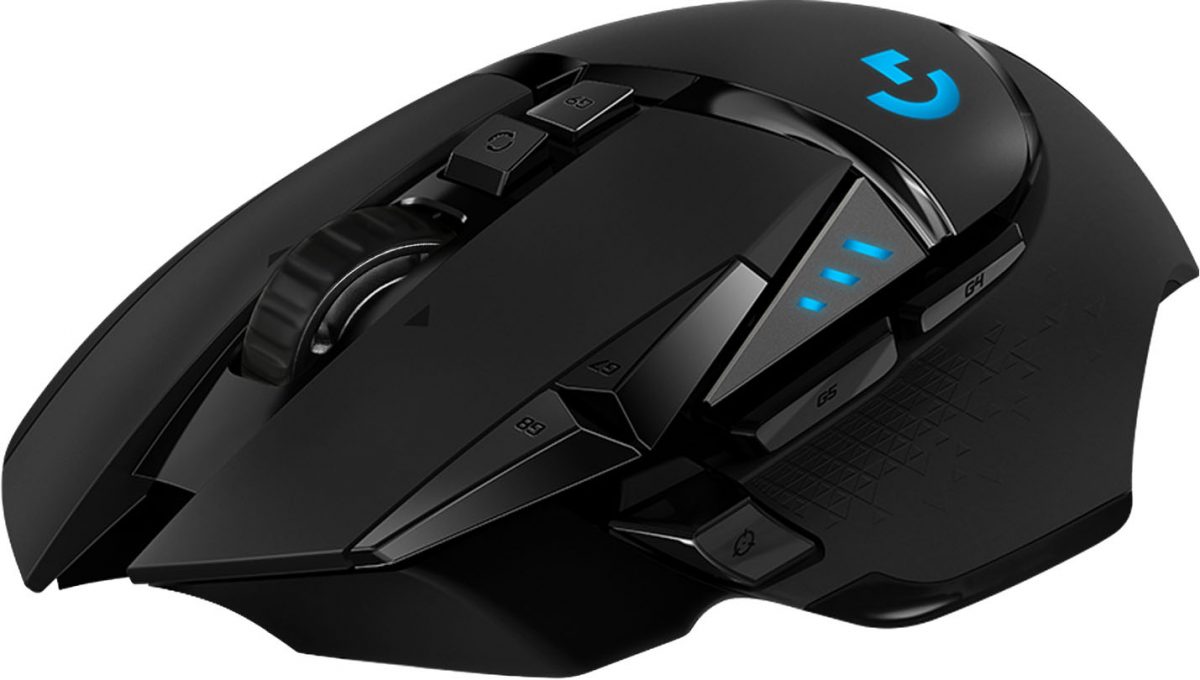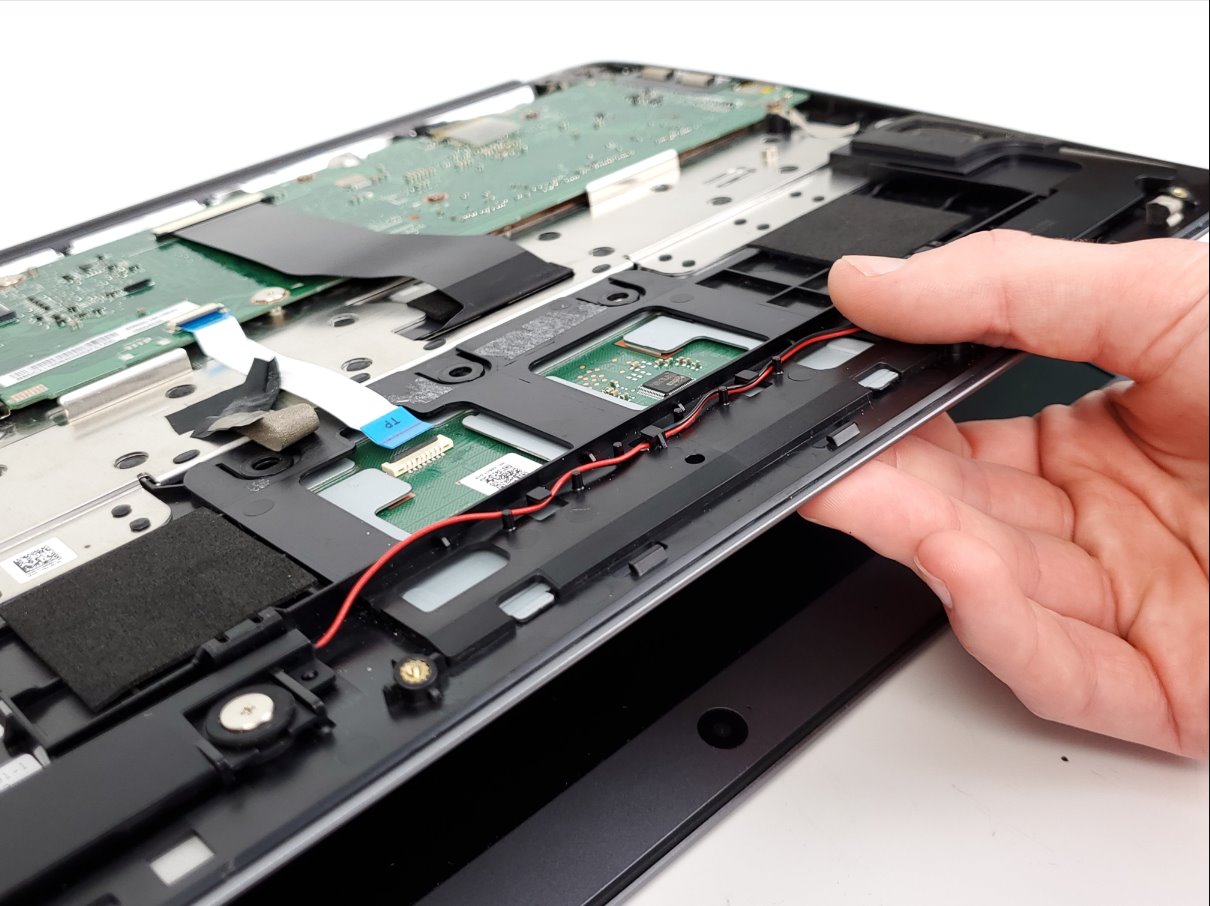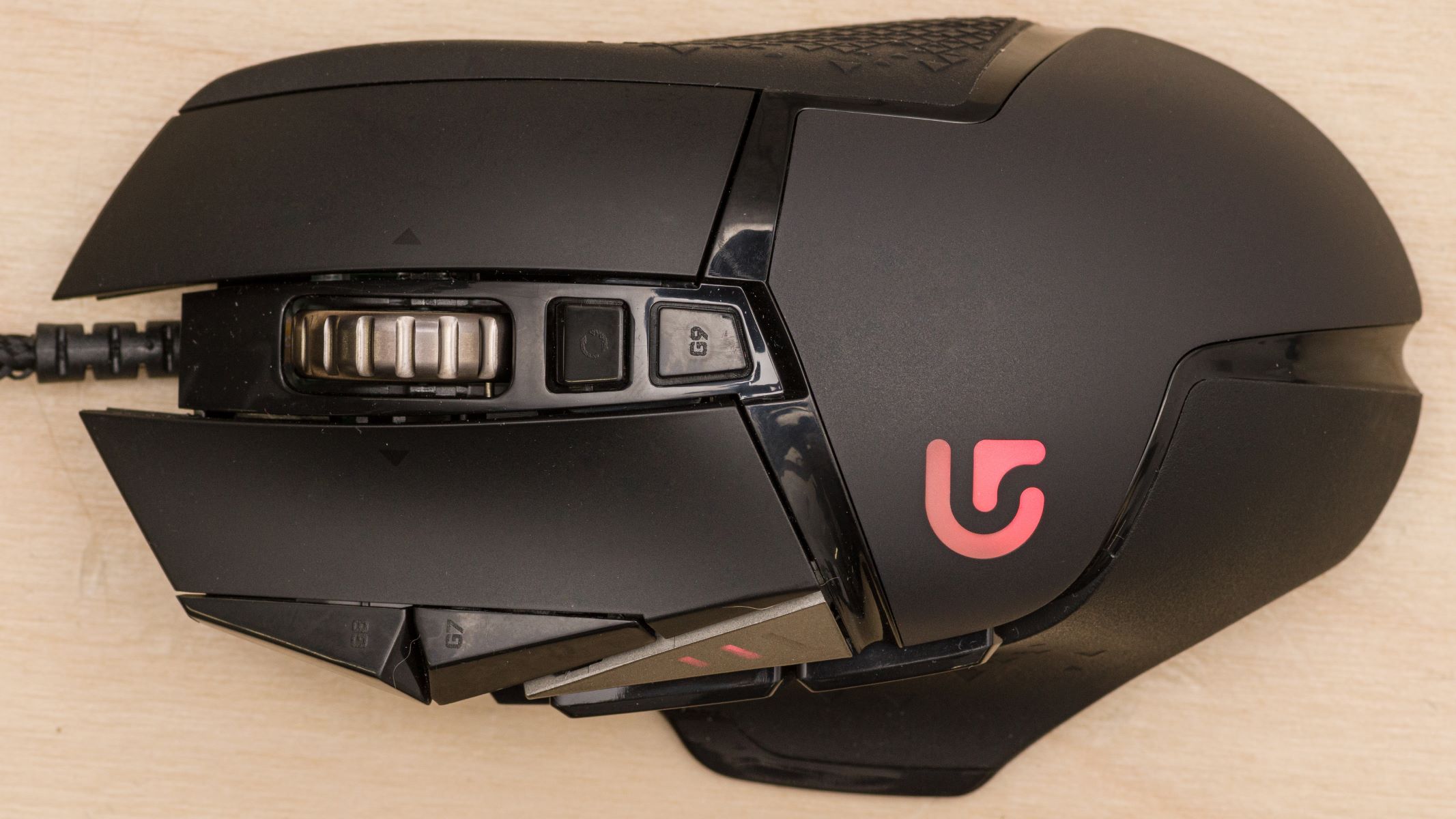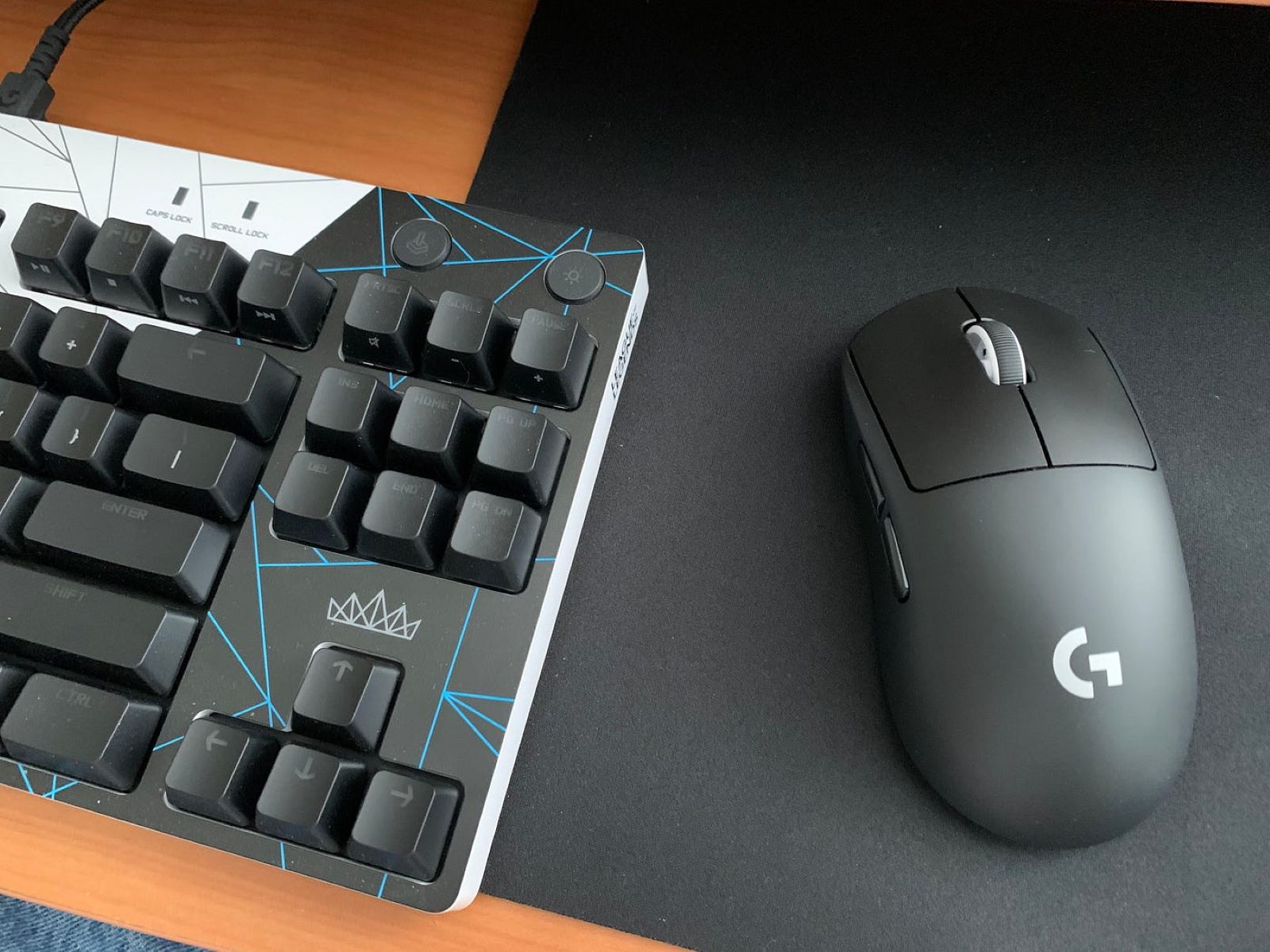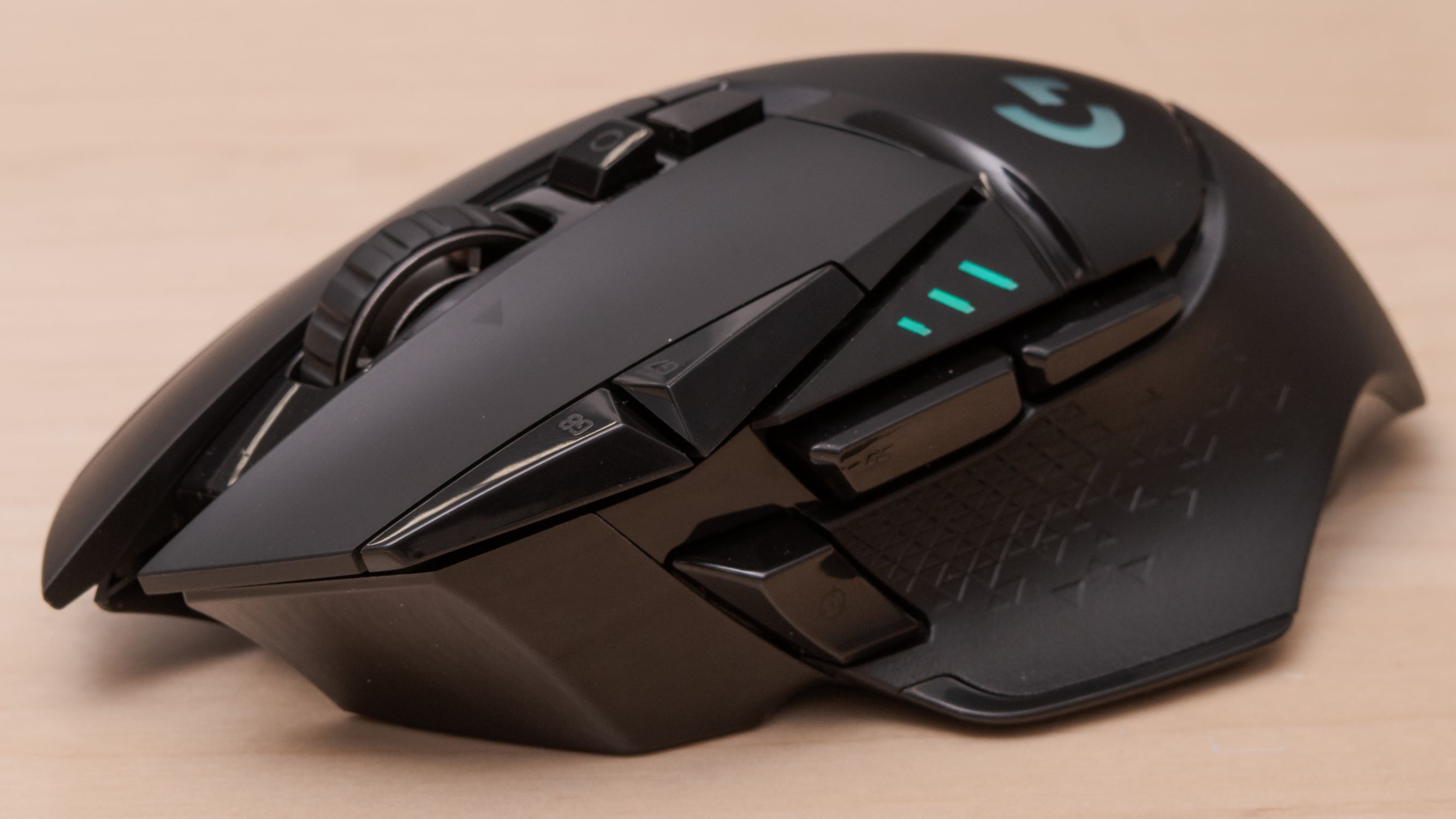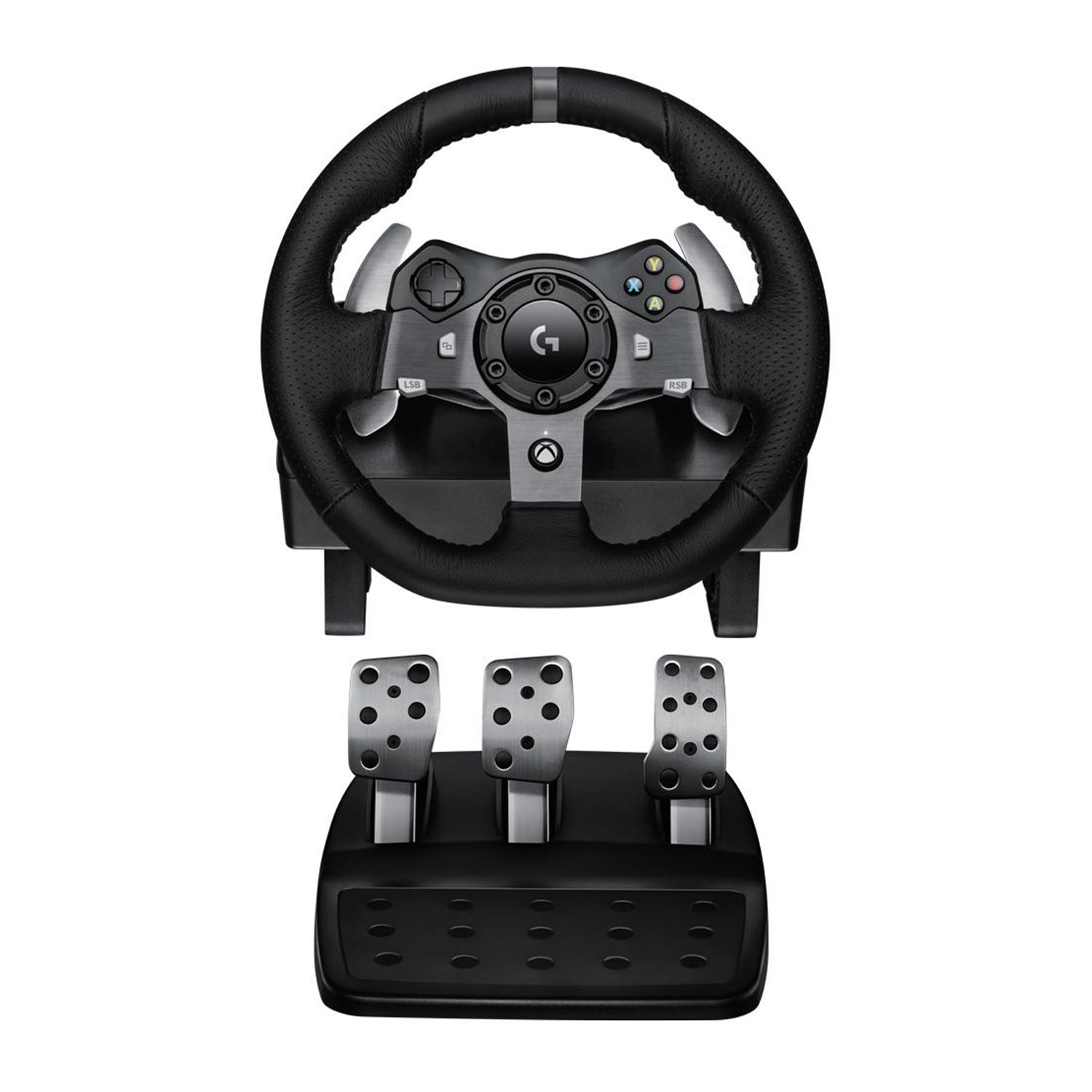Introduction
Welcome to this guide on how to turn off mouse acceleration in Windows 10. If you often use a computer for gaming, graphic design, or any other precision-focused tasks, you may have come across an issue called mouse acceleration. Mouse acceleration can be quite frustrating as it alters the sensitivity and speed of your mouse cursor, making it difficult to achieve consistent and precise movements.
But what exactly is mouse acceleration? In simple terms, mouse acceleration is a feature that adjusts the sensitivity of your mouse based on how quickly you move it. This means that the distance your cursor travels on the screen is not directly proportional to the physical distance you move your mouse. Instead, it increases or decreases the cursor speed based on the speed at which you move the mouse. While this feature might be useful for some users, it can be a hindrance for tasks that require precise and consistent movements, such as gaming or graphic design.
So why should you turn off mouse acceleration in Windows 10? The answer is simple – it provides you with more control and accuracy over your mouse movements. By disabling mouse acceleration, you can ensure that your cursor moves in a consistent and linear manner, making it easier to perform tasks that require precision. Whether you’re a gamer aiming for that perfect headshot or a graphic designer working on intricate illustrations, turning off mouse acceleration can greatly enhance your overall experience and productivity.
In the following sections, we will guide you through the step-by-step process of turning off mouse acceleration in Windows 10. Whether you’re a seasoned computer user or a novice, rest assured that these instructions are easy to follow. So, let’s dive in and reclaim control over your mouse movements in Windows 10!
What is Mouse Acceleration?
Before we delve into how to turn off mouse acceleration in Windows 10, let’s first understand what mouse acceleration is and how it affects your cursor movement. Mouse acceleration, also known as pointer acceleration, is a feature that modifies the sensitivity of your mouse based on the speed at which you move it. This means that the distance your cursor travels on the screen is not directly proportional to the physical distance you move your mouse.
To put it simply, with mouse acceleration enabled, the faster you move your mouse, the farther your cursor will travel on the screen. On the other hand, if you move your mouse slowly, the cursor movement will be less pronounced. The idea behind mouse acceleration is to allow for quicker navigation across the screen with larger or faster mouse movements.
While mouse acceleration may be useful in certain scenarios, such as navigating large monitors or working with multiple displays, it can often be a hindrance for tasks that require precise and consistent mouse movements. This is particularly true for gamers and graphic designers who rely on accurate cursor placement and smooth, predictable movements.
Mouse acceleration can lead to inconsistent aiming in games, making it harder to hit targets accurately. In graphic design, it can affect the accuracy of drawing lines or selecting specific elements. It can be frustrating to have your cursor jump or move unpredictably when you are trying to perform delicate tasks that require fine control.
Additionally, mouse acceleration can make it difficult to develop muscle memory, as the distance and speed of cursor movement can vary depending on your mouse speed. This can result in a lack of precision and make it harder to repeat precise movements consistently.
By turning off mouse acceleration in Windows 10, you can regain control over your cursor movements. It ensures that the distance your cursor travels on the screen is directly proportional to the physical movement of your mouse, providing a consistent and predictable experience. Whether you’re gaming, designing, or performing any precision-focused tasks, disabling mouse acceleration can greatly improve your accuracy and overall performance.
Why Turn Off Mouse Acceleration?
If you’re wondering why you should turn off mouse acceleration in Windows 10, there are several reasons to consider. Disabling mouse acceleration can have a significant impact on various tasks, whether you’re a gamer, graphic designer, or simply someone who values precise cursor control. Let’s explore the key reasons to turn off mouse acceleration.
1. Precision and Consistency: Mouse acceleration can interfere with your ability to make precise cursor movements. By disabling it, you gain full control over the speed and distance at which your cursor moves. This allows for consistent and accurate targeting, which is crucial in gaming, graphic design, and other precision-focused activities.
2. Avoid Erratic Cursor Movements: With mouse acceleration enabled, your cursor may exhibit unpredictable and erratic movements. This can be frustrating and hinder your ability to perform tasks efficiently. Disabling mouse acceleration ensures your cursor moves predictably, allowing for smoother, more controlled navigation across the screen.
3. Enhance Muscle Memory: Mouse acceleration can make it difficult to develop muscle memory, as the cursor speed and distance are variable. By turning it off, you create a consistent environment that promotes muscle memory development. With practice, you’ll be able to execute precise movements without having to consciously think about them.
4. Improve Gaming Performance: Gamers rely heavily on accurate and precise cursor movements. Mouse acceleration can negatively impact gameplay by introducing inconsistencies and throwing off aim. By disabling it, you can enhance your gaming performance and gain better control over your in-game actions.
5. Smooth Graphic Design Workflow: Graphic designers require fine control over their cursor movements to create precise designs. Mouse acceleration can disrupt this control, resulting in unintended selections or imprecise element placement. Disabling it ensures that your cursor behaves predictably, improving your overall graphic design workflow.
6. Easier Learning Curve: When using software or games that rely on mouse movements, turning off mouse acceleration can make the learning process easier. With consistent and predictable cursor movements, you can focus more on mastering the tools or gameplay mechanics, instead of fighting against unpredictable cursor behavior.
In summary, turning off mouse acceleration in Windows 10 enhances precision, consistency, and overall performance, whether you’re gaming, designing, or performing any task that requires precise cursor control. By disabling this feature, you gain full control over your mouse movements and can enjoy a smoother and more accurate experience.
How to Turn Off Mouse Acceleration in Windows 10
Now that you understand the importance of disabling mouse acceleration, let’s walk through the step-by-step process to turn it off in Windows 10. Follow these instructions to regain control over your cursor movements:
- Open the Windows Settings by clicking on the Start button and selecting the gear icon in the left sidebar. Alternatively, you can press the Windows key + I on your keyboard to quickly open the Settings.
- In the Windows Settings, select “Devices” from the available options. This will open the Device settings menu.
- On the left-hand side of the Devices menu, click on “Mouse” to access the mouse settings.
- Once you’re in the Mouse settings, locate and click on “Additional mouse options” at the bottom of the page. This will open the Mouse Properties window.
- In the Mouse Properties window, navigate to the “Pointer Options” tab.
- Within the Pointer Options tab, locate the checkbox labeled “Enhance pointer precision” and ensure that it is unchecked. This option controls mouse acceleration in Windows 10, so unchecking it will disable the feature.
- Click on “Apply” to save the changes. You should notice an immediate difference in your cursor movements.
- Close the Mouse Properties window by clicking on “OK” to exit.
Congratulations! You have successfully turned off mouse acceleration in Windows 10. Your cursor movements will now be more accurate, consistent, and predictable, allowing you to perform precision tasks with ease.
Remember, if you ever want to enable mouse acceleration again, simply navigate back to the Pointer Options tab in Mouse Properties and check the “Enhance pointer precision” checkbox.
Step 1: Open the Windows Settings
Before you can turn off mouse acceleration in Windows 10, you need to open the Windows Settings. The Settings app provides access to various system settings, including mouse configuration. Here’s how you can open the Windows Settings:
- Click on the Start button located in the bottom-left corner of your desktop. You can also press the Windows key on your keyboard to open the Start menu.
- In the Start menu, locate and click on the gear icon. This icon represents the Settings app and will open the Windows Settings when clicked. Alternatively, you can use the keyboard shortcut Windows key + I to quickly open the Settings app.
Once you have followed these steps, the Windows Settings app will open, providing access to various system settings. You are now ready to proceed to the next steps to turn off mouse acceleration in Windows 10.
Step 2: Go to the Devices Settings
To turn off mouse acceleration in Windows 10, you need to navigate to the Devices settings. This is where you can find the mouse configuration options. Follow these steps to access the Devices settings:
- After opening the Windows Settings app, you will see a list of various settings categories. Look for and click on the “Devices” option. The Devices settings allow you to configure different peripherals connected to your computer, including the mouse.
By clicking on the “Devices” option, the Devices settings menu will open, providing various options related to your peripherals. These settings allow you to customize and manage different devices connected to your system, such as printers, keyboards, and mice.
Now that you have successfully navigated to the Devices settings, you’re ready to proceed to the next step and access the mouse configuration options in Windows 10.
Step 3: Select Mouse from the Left-hand Menu
Once you have reached the Devices settings in the Windows Settings app, it’s time to select the Mouse option from the left-hand menu. This is where you will find the settings specific to your mouse device. Follow the steps below to proceed:
- In the Devices settings menu, you will see a list of options on the left-hand side. Scroll down and locate the “Mouse” option.
- Click on the “Mouse” option to access the mouse configuration settings.
By selecting the “Mouse” option, you will be presented with various settings and options related to your mouse device. This section allows you to customize and adjust different aspects of your mouse’s functionality, including pointer speed, button configuration, and more.
Now that you have successfully selected the Mouse option from the left-hand menu, you are ready to move on to the next step and access the specific mouse settings in Windows 10.
Step 4: Click on “Additional mouse options”
In order to modify advanced mouse settings, including mouse acceleration, you need to access the “Additional mouse options” section. This section provides additional customization options for your mouse device. Follow these steps to access the “Additional mouse options”:
- Within the Mouse settings in the Windows Settings app, locate the “Related settings” section on the right-hand side.
- Under the “Related settings” section, click on the “Additional mouse options” link. This will open the Mouse Properties window, which includes advanced configuration options for your mouse.
By clicking on “Additional mouse options,” you will gain access to a range of settings that can improve your mouse experience. These options often include advanced settings for pointer speed, button configuration, wheel behavior, and more.
Now that you have successfully navigated to the “Additional mouse options” section, you are ready to proceed to the next step and access the specific mouse settings to disable mouse acceleration in Windows 10.
Step 5: Open the Pointer Options tab
To disable mouse acceleration in Windows 10, you need to access the Pointer Options tab in the Mouse Properties window. This tab offers specific settings related to the movement and behavior of your mouse cursor. Follow these steps to open the Pointer Options tab:
- After clicking on “Additional mouse options,” the Mouse Properties window will open.
- Within the Mouse Properties window, you will see several tabs at the top. Click on the “Pointer Options” tab to access the settings related to your mouse cursor.
By opening the Pointer Options tab, you will be able to modify various settings related to your mouse cursor, including its speed, visibility, and more. This is where you can disable mouse acceleration and regain full control over your cursor movements.
Now that you have successfully opened the Pointer Options tab, you are ready to proceed to the next step and disable mouse acceleration in Windows 10.
Step 6: Disable Enhance Pointer Precision
To disable mouse acceleration in Windows 10, you need to uncheck the “Enhance pointer precision” option within the Pointer Options tab. This option is responsible for controlling the mouse acceleration feature. Follow these steps to disable mouse acceleration:
- After opening the Pointer Options tab in the Mouse Properties window, locate the checkbox labeled “Enhance pointer precision.”
- Ensure that the “Enhance pointer precision” checkbox is unchecked. If it is already unchecked, then mouse acceleration is already disabled.
- If the checkbox is checked, click on it to uncheck it and disable mouse acceleration.
Disabling “Enhance pointer precision” ensures that your cursor moves at a consistent speed, directly aligned with your physical mouse movements. This allows for precise and predictable cursor control, which is especially important for tasks that require accuracy and precision, such as gaming or graphic design.
Now that you have successfully disabled mouse acceleration by unchecking the “Enhance pointer precision” checkbox, you are ready to move on to the next step and apply the changes in Windows 10.
Step 7: Apply the changes and Close the settings
After disabling mouse acceleration by unchecking the “Enhance pointer precision” checkbox, it’s time to apply the changes and close the settings. Follow these steps to complete the process:
- Once you have unchecked the “Enhance pointer precision” checkbox, click on the “Apply” button located at the bottom right corner of the Mouse Properties window. This will save the changes you have made to the mouse settings.
- After clicking the “Apply” button, click on the “OK” button to close the Mouse Properties window.
By applying the changes and closing the settings, the mouse acceleration feature will be disabled, and your cursor movements will now be more precise and consistent. Whether you’re gaming, graphic designing, or performing any tasks that require accurate cursor control, disabling mouse acceleration can greatly improve your overall experience and productivity.
It’s important to note that the changes you have made will apply system-wide on your Windows 10 operating system. This means that mouse acceleration will be disabled for all applications and tasks.
Congratulations! You have successfully turned off mouse acceleration in Windows 10. Enjoy the newfound control and precision in your cursor movements.
Conclusion
In conclusion, turning off mouse acceleration in Windows 10 can greatly enhance your cursor control and improve your overall productivity, especially in tasks that require precise and accurate movements. Mouse acceleration, although intended to make cursor navigation faster, can often lead to unpredictable and inconsistent cursor movements, making it challenging to perform tasks that demand precision.
By following the step-by-step guide outlined in this article, you can easily disable mouse acceleration and regain full control over your cursor movements. Opening the Windows Settings, accessing the Devices settings, and selecting the Mouse option are the initial steps. Next, clicking on “Additional mouse options” will lead you to the Mouse Properties window. Opening the Pointer Options tab allows you to uncheck the “Enhance pointer precision” option, effectively disabling mouse acceleration. Finally, applying the changes and closing the settings completes the process.
Whether you’re a gamer aiming for precise shots, a graphic designer creating intricate designs, or simply someone who values accurate cursor control, disabling mouse acceleration in Windows 10 can greatly improve your experience. You will be able to perform tasks more efficiently, develop better muscle memory, and achieve consistent and accurate cursor movements.
Remember, if you ever want to enable mouse acceleration again in the future, you can simply return to the Mouse Properties window and check the “Enhance pointer precision” checkbox.
So, take control of your cursor movements in Windows 10 by turning off mouse acceleration and enjoy a smoother, more accurate computing experience.









